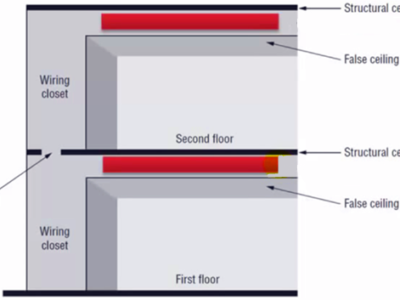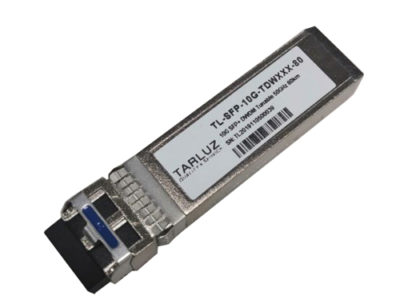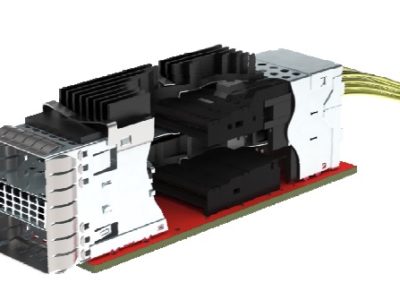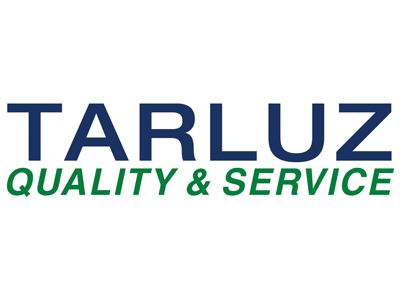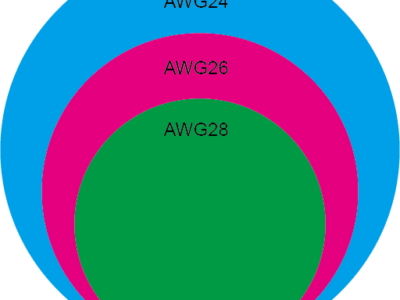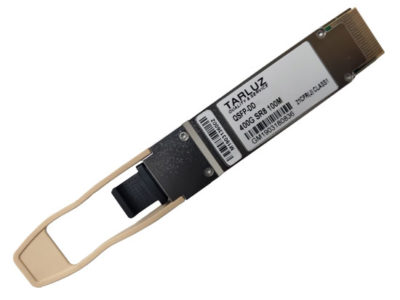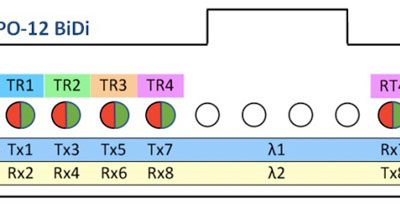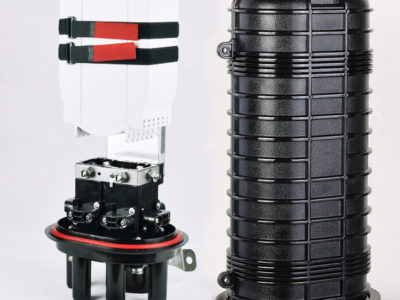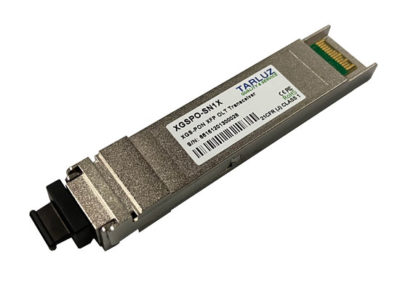Do you know this optical fiber cable code from NEC 2020
In the latest National Electrical Code 2020, there are Optical fiber cables with the following classification: OFNP, OFCP, OFNR, OFCR, OFNG, OFCG, OFN, and OFC. The following article briefly introduces these cable codes: OFNP: OFNP is short for Optical Fiber Nonconductive Plenum. The OFNP fiber cables are generally been installed in plenums duct and other […]
